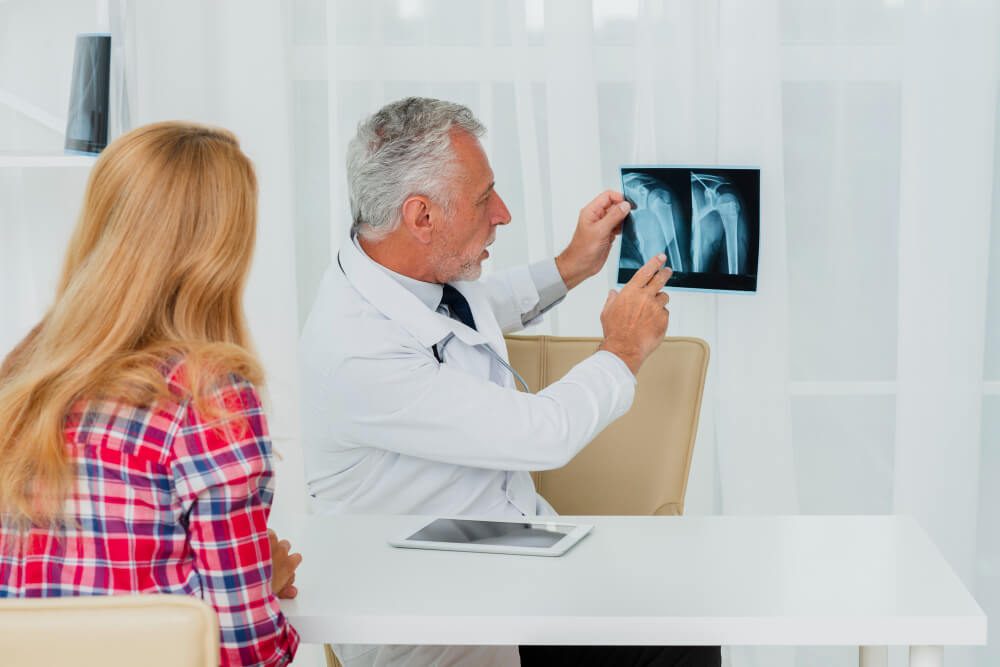Urgent Care Clinics: A Convenient Option for Fracture Care
A fracture, or broken bone, occurs when a bone cracks or breaks. While some fractures require immediate emergency care, many can be effectively treated at urgent care clinics. These clinics offer a convenient and accessible option for diagnosing and managing a variety of fractures, providing prompt care and reducing the wait times often associated with emergency departments.

Types of Fractures Treated at Urgent Care Clinics
There are several types of fractures, including:
- Simple Fracture: A clean break without breaking the skin.
- Compound Fracture: The broken bone pierces the skin, increasing the risk of infection.
- Greenstick Fracture: A partial fracture common in children, where the bone bends and cracks.
- Comminuted Fracture: The bone shatters into several pieces.
- Stress Fracture: A small crack in the bone, often caused by repetitive stress or overuse.
- Pathological Fracture: A break caused by weakened bones due to conditions like osteoporosis or cancer.
Symptoms of Bone Fractures
Recognizing the Signs of a Fracture
Common symptoms of fractured bones include:
- Severe pain at the site of injury.
- Swelling and bruising.
- Deformity or abnormal appearance of the affected area.
- Difficulty moving the affected limb.
- Audible cracking or popping sound at the time of injury.
When to Seek Urgent Care
While some fractures may seem minor, any suspected fracture should be evaluated promptly. Delayed treatment can lead to complications such as improper healing, chronic pain, or reduced mobility.
How Urgent Care Clinics Handle Fractured Bones
Diagnostic Procedures
Urgent care clinics are equipped to diagnose fractures quickly and accurately using the following methods:
- Physical Examination: A thorough inspection to identify swelling, deformities, and tenderness.
- X-rays: The most common imaging tool used to confirm the location and severity of a fracture.
- CT Scans or MRIs: Advanced imaging techniques may be used for complex fractures or to assess damage to surrounding tissues.
Immediate Treatment Options
Once a fracture is diagnosed, urgent care clinics provide the following treatments:
- Immobilization: Splints, braces, or casts are applied to stabilize the bone and prevent further injury.
- Pain Management: Over-the-counter or prescription pain relievers may be provided to alleviate discomfort.
- Reduction: For displaced fractures, the bone is realigned manually or surgically.
- Wound Care: In cases of compound fractures, the wound is cleaned and dressed to prevent infection.
When Referral Is Necessary
In some cases, an urgent care clinic may refer patients to a specialist or hospital for advanced treatment, such as:
- Surgical intervention for severe or complex fractures.
- Treatment by an orthopedic specialist for long-term care and rehabilitation.
Benefits of Urgent Care Clinics for Fractures

Convenience and Accessibility
Urgent care clinics are often open during extended hours, including evenings and weekends, making them a convenient option for immediate care.
Cost-Effectiveness
Treatment at urgent care clinics is typically more affordable than emergency room visits, making it an excellent choice for non-life-threatening injuries.
Shorter Wait Times
Compared to emergency rooms, urgent care clinics usually have shorter wait times, ensuring patients receive prompt attention.
Preventing Bone Fractures
Tips for Reducing Risk
- Maintain Strong Bones: Incorporate calcium and vitamin D into your diet to strengthen bones.
- Exercise Regularly: Engage in weight-bearing exercises to improve bone density.
- Use Protective Gear: Wear helmets, pads, and other protective equipment during sports and recreational activities.
- Avoid Risky Behaviors: Be cautious when climbing, driving, or engaging in high-risk activities.
Special Considerations for Children and Seniors
- Children: Ensure play areas are safe and provide supervision during activities.
- Seniors: Address fall risks at home by securing rugs, installing handrails, and ensuring adequate lighting.
Recovery and Rehabilitation
Healing Process
The recovery time for fractures varies based on the severity and location of the injury, as well as the patient’s overall health. Common stages include:
- Inflammatory Phase: The initial phase involves swelling and the formation of a blood clot around the fracture.
- Reparative Phase: Bone tissue begins to form, creating a soft callus that eventually hardens.
- Remodeling Phase: The bone reshapes itself, restoring its original strength and structure.
Physical Therapy
Physical therapy is often recommended to restore mobility, strength, and function. Therapists use techniques such as:
- Stretching and strengthening exercises.
- Range-of-motion activities.
- Gradual weight-bearing exercises.
Follow-Up Care
Regular follow-up visits are crucial to monitor healing progress and address any complications. X-rays may be taken to ensure the bone is healing correctly.
Conclusion
Urgent care clinics play a vital role in treating fractured bones, offering fast, convenient, and cost-effective care. With the right diagnosis, treatment, and follow-up, most fractures heal successfully, allowing patients to regain full functionality. If you suspect a bone fracture, don’t delay—visit your nearest urgent care clinic for prompt attention.
Connect with our Urgent care clinic for expert and effective fractured bones treatment (972) 633-8747 or (972) 848-0873 Or visit us https://www.sccplano.com/
